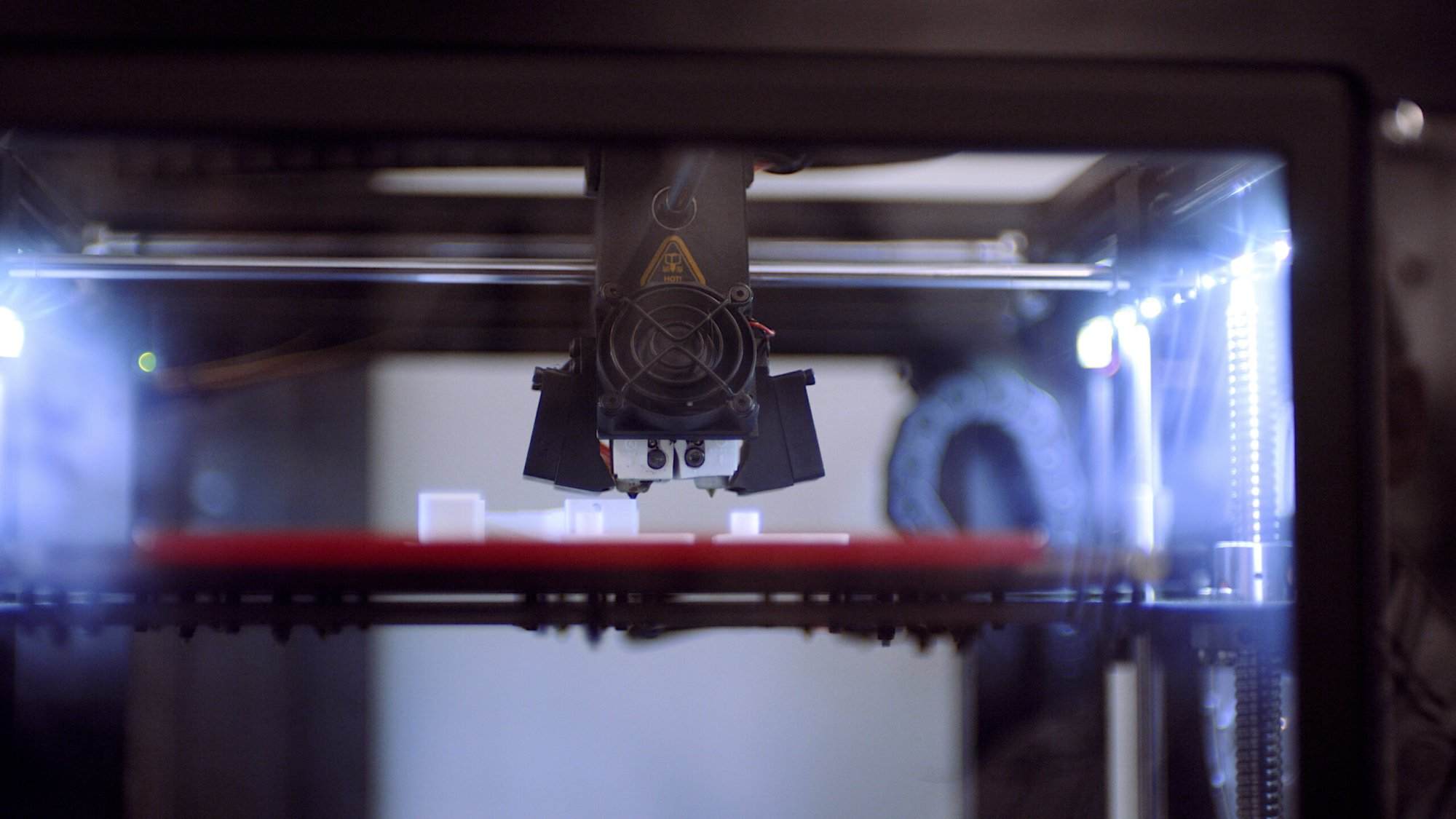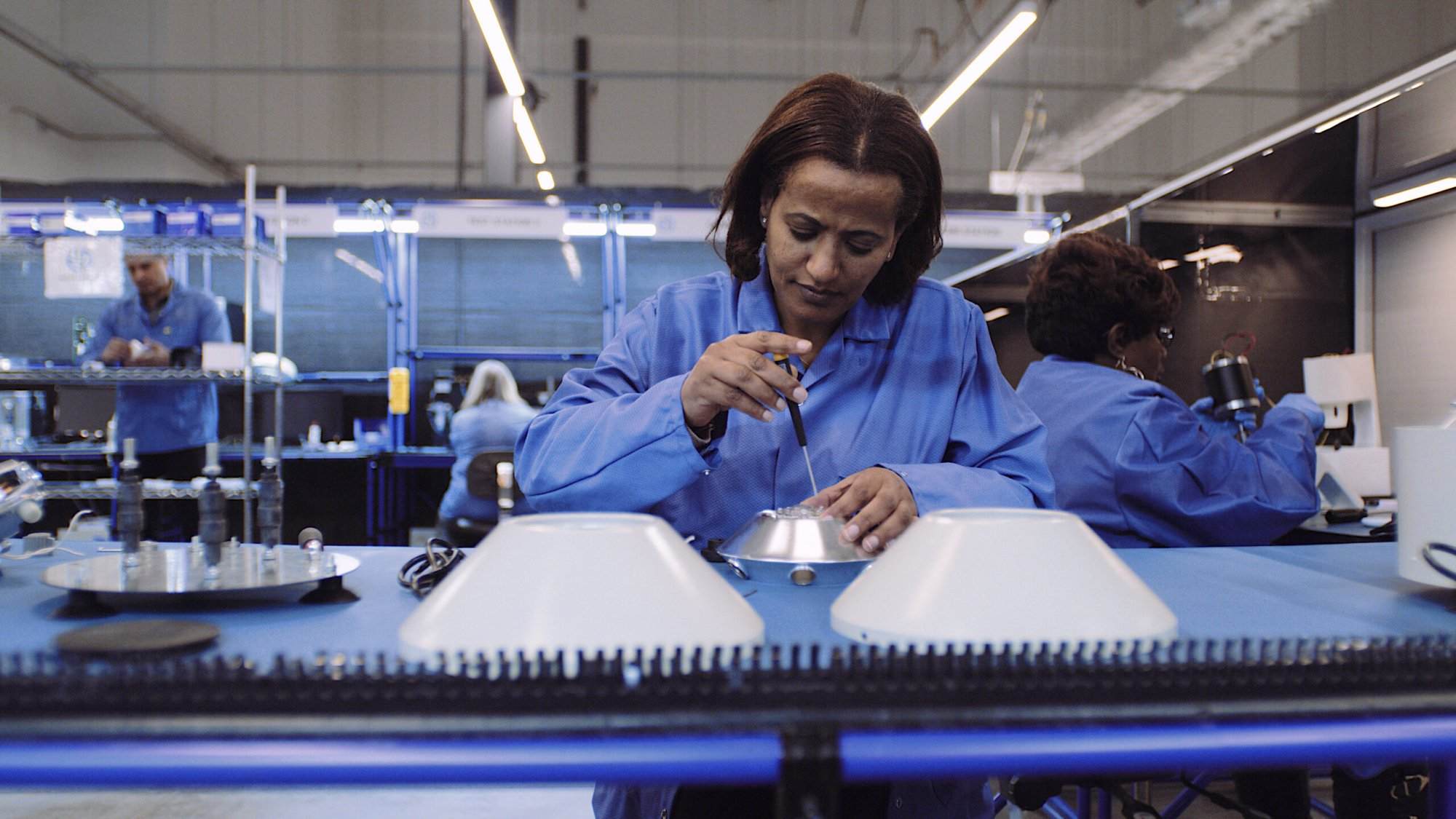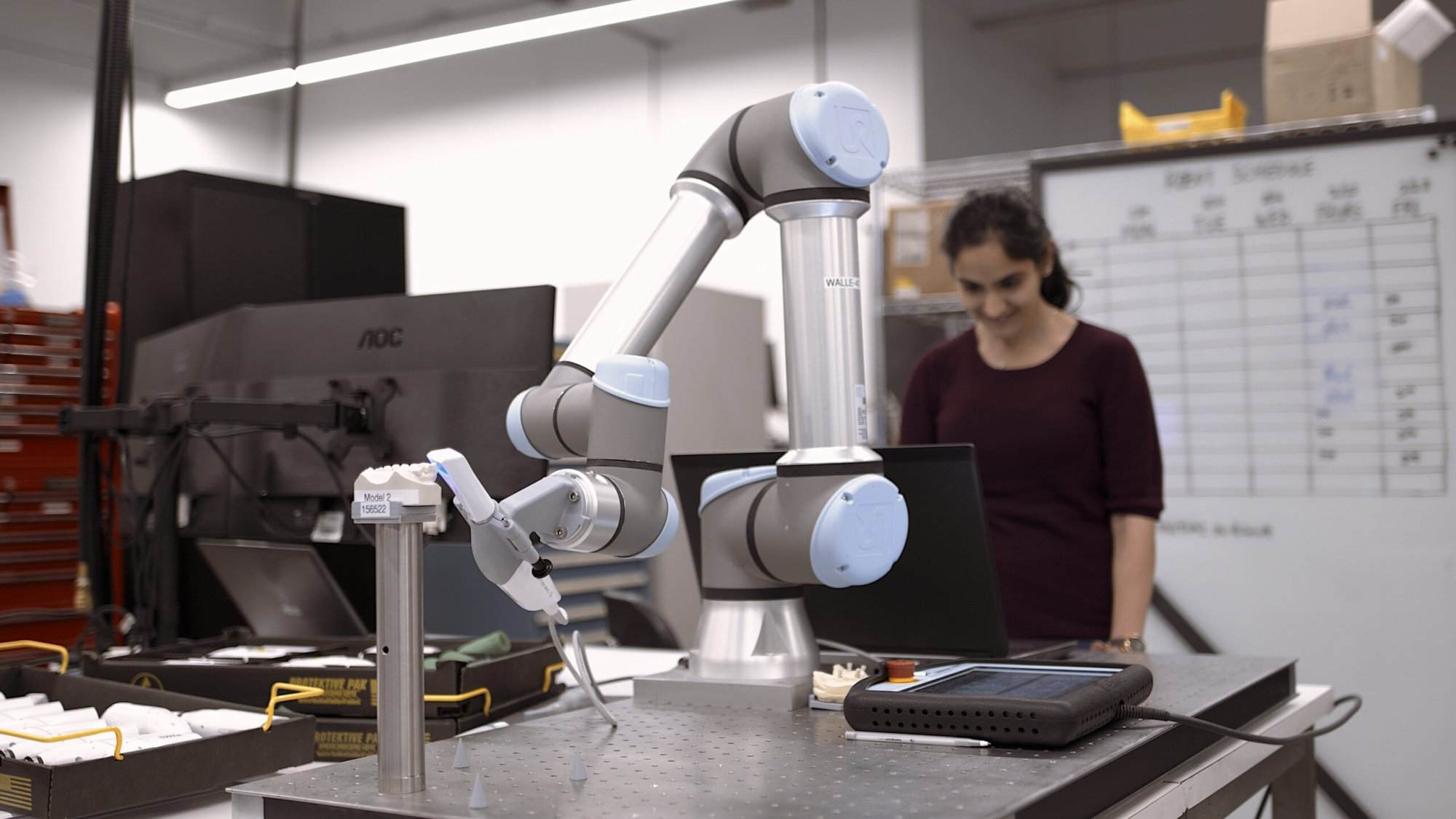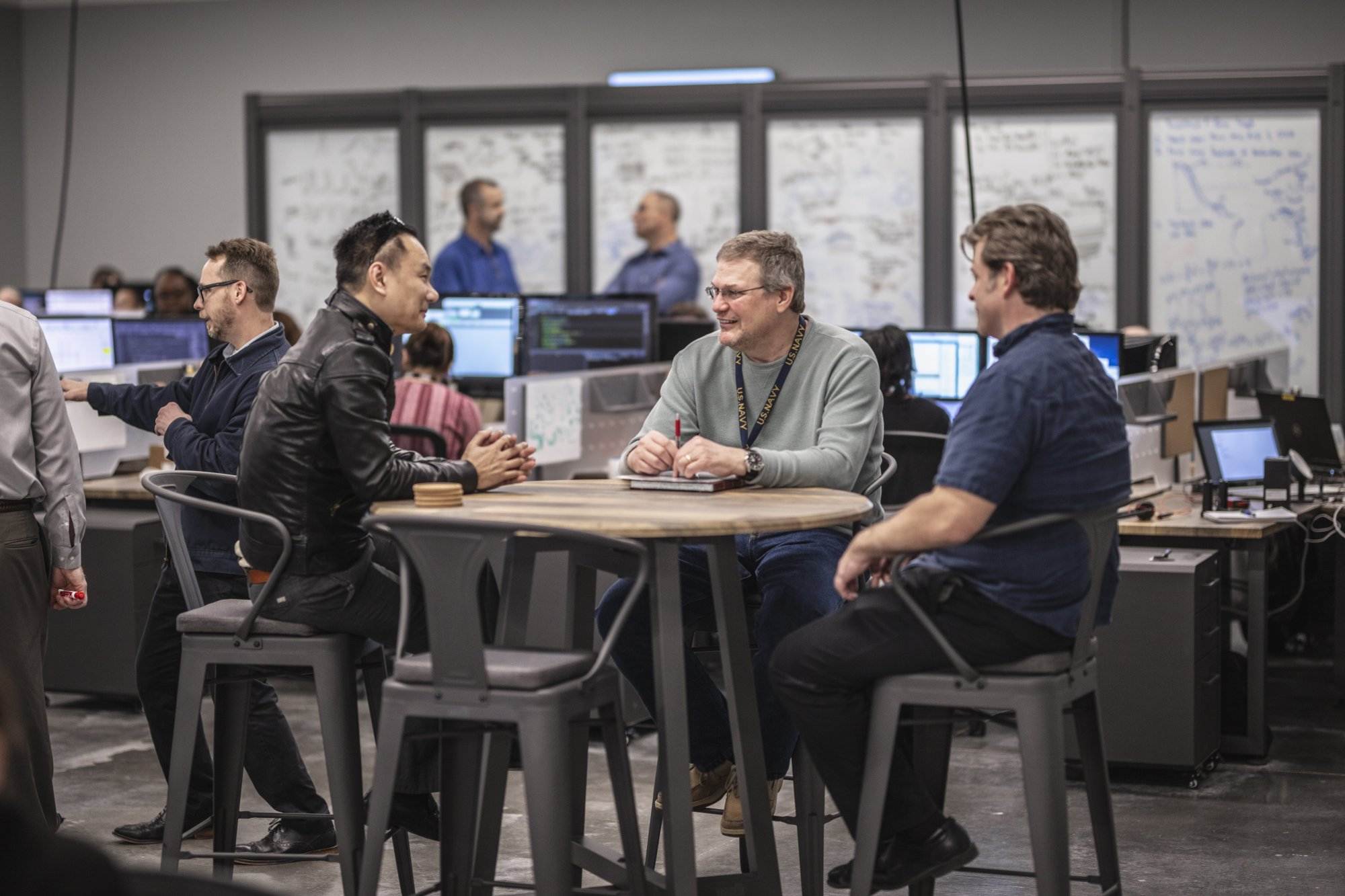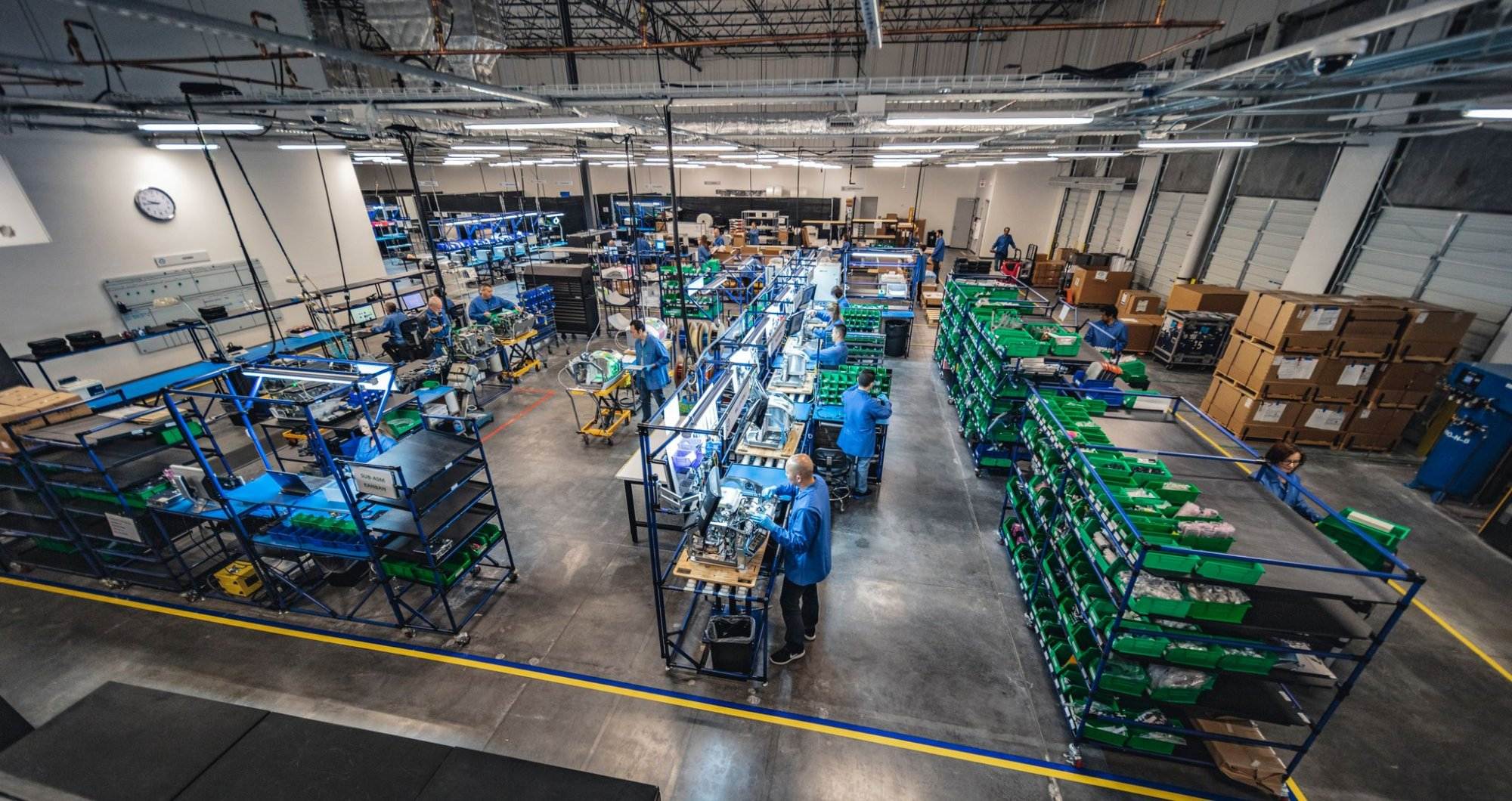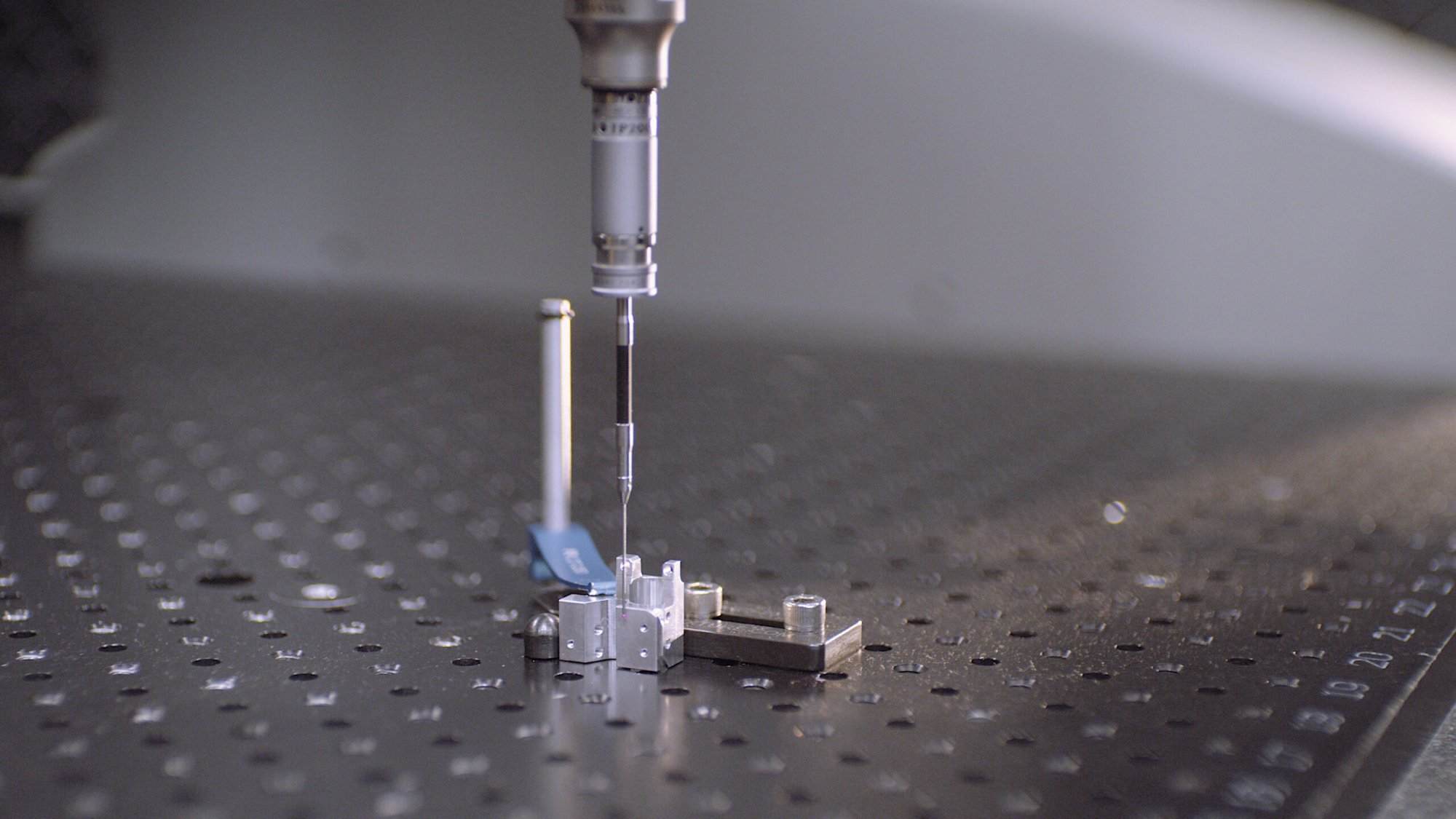Last month, it was International Women’s Day. I’ve been processing my reaction to this day, and I’ve found myself feeling both hope and discouragement. On one hand, I love seeing that the great women in my life, at E4D and around the world, being honored. On the other hand, I am disappointed that we still need a day to try and balance the gender disparity.
This day celebrating women goes back to 1909 in the US and, more than 100 years later, studies show that we still have:
- 47% of women in entry-level jobs, which reduced to only 21% at C-Suite
- Women of color are still vastly underrepresented, with only 3% of C-suite jobs (1)
- COVID-19 challenges (childcare, work from home, etc.) are impacting women in the workplace more significantly than men
- 76% of women vs. 54% of men (1)
- Moms of young children lost jobs at 3x the rate of fathers (2)
- US Census Bureau shows that little was done to bridge the gender wage gap between 2018 and 2019, with women earning $0.82 for every dollar earned by men
- If you add controls for skills, education, occupation, age, etc., it’s still only $0.88 on the dollar per Pew Research
Just to be clear – I’m a strong advocate for men in their career, as fathers and contributors to the greater society. Regretfully, I’ve also seen men face discrimination because they were involved parents, co-sharing parenting responsibilities with their partners.
For all the conversations and even laws that have been passed, the scales are still not balanced between men and women in the workplace. Research has shown that one of the primary causes for the ongoing gaps is that more women than men miss the first rung of the ladder. There are several reasons for this, and you can read more of the details in the study.
In my experience, one of the biggest challenges is that women in the workplace aren’t included in the day-to-day natural interactions that occur between men. The men gather together grabbing lunch or beers after work. They plan golf events and just simply gather around the “water cooler” and talk. Naturally, both personal topics and work topics get discussed. Relationships and networks get built, and some degree of informal mentoring takes place.
When it’s time for that first level of promotion, it’s natural for recommendations to be made for the men who have been building this network. They just don’t know the women candidates as well. Unfortunately for women, once you miss the first rung, each rung gets harder and harder for many of the same reasons.
There are several other reasons, often related to unconscious biases. While there are many different ways we can be biased, one simple expression I’ve noticed more as I’ve worked in the south is the way men often refer to the women on their team as “girls” or “ladies”. While many do not initially intend to create a bias, the message is that one is less mature or experienced, maybe even dependent on the men. For many, it’s an inadvertent behavior; they might even think they are being polite. But it sets the tone for others to power up over those same women, that their value is not equivalent to the men.
When I informally poll my women and men friends who are in leadership, almost universally, the women have had an experience of being accused of sexual favors in response to a promotion, none of the men have. This has been my own experience.
So, all of us, myself included, need to continue to check our behaviors and bias to ensure that the world we leave our daughters, nieces and sisters, as well as our sons, nephews and brothers, is finally balanced for all genders. There is great information available to give specifics, and I encourage us all to continue making this a critical part of our leadership. We have the power to make this right.
Photo Sourced from E4D Technologies



